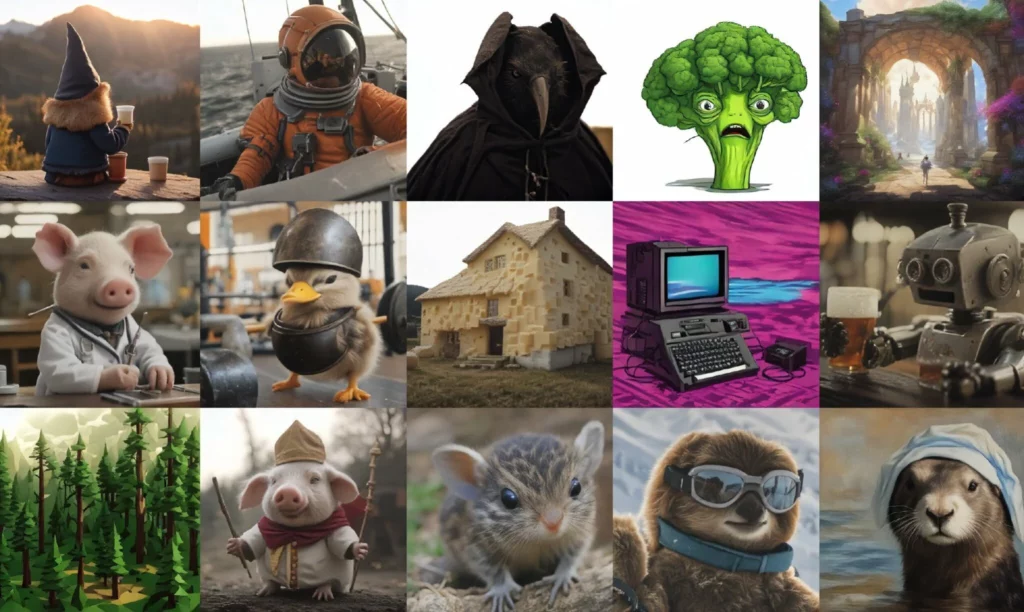Stable Diffusion XL Turbo
Stable Diffusion XL Turbo or SDXL Turbo is the latest image generation model that is able to generate realistic images in a single step and in real-time.

Stable Diffusion XL Demo (Unofficial)
Download SDXL Turbo
The model is available for download on HuggingFace. Click here to download the SDXL 1.0 base model.
What is SDXL Turbo?
SDXL Turbo is a state-of-the-art text-to-image generation model from Stability AI that can create 512×512 images in just 1-4 steps while matching the quality of top diffusion models.
How does SDXL Turbo work?
It uses a novel training approach combining adversarial techniques like GANs with distillation from a frozen diffusion model teacher. This allows it to leverage the benefits of both while offsetting downsides.
How to test SDXL Turbo
You can try the unofficial demo on this page or use Clipdrop. Alternatively, you can download the model on your local computer and run it yourself.
How to download SDXL Turbo
You can download SDXL Turbo on HuggingFace, a platform for sharing machine learning models. SDXL Turbo is released under a non-commercial license, so you’re free to use it for personal use.
What hardware is needed to run SDXL Turbo?
The model architecture scales to leverage GPU/TPU accelerators. Exact requirements depend on desired throughput. Learn more about system requirements for the standard SDXL model to get a general idea.
Why is fast image generation useful?
Real-time synthesis opens up applications like video games, films, augmented reality, and more that demand quick generation times.
Does quality suffer from fewer steps?
Remarkably, no – with 4 steps SDXL Turbo actually exceeds the quality of models needing far more steps. The approach retains iterative refinement too.
What resolution images can it create?
It generates 512×512 images, improving on prior GAN models capped at 256×256 sizes. The high fidelity output matches diffusion models.
How scalable is this approach?
Pretrained weights and adversarial training may allow more efficient scaling than regular GANs. This could drive progress in generative modeling.
What commercial uses are feasible with SDXL Turbo?
Gaming, CGI for films/metaverse, concept art, augmented reality, and creative tools stand to benefit tremendously. However, the license that the model is currently released under, does not allow for commercial use.
What are limitations of SDXL Turbo?
Sample diversity could still improve. Like all generative models, it also faces challenges with bias and responsible implementation.
What changes does SDXL Turbo enable?
For the first time, high fidelity text-to-image generation is possible in real-time across games, VR, animation, and more. Exciting times ahead!

